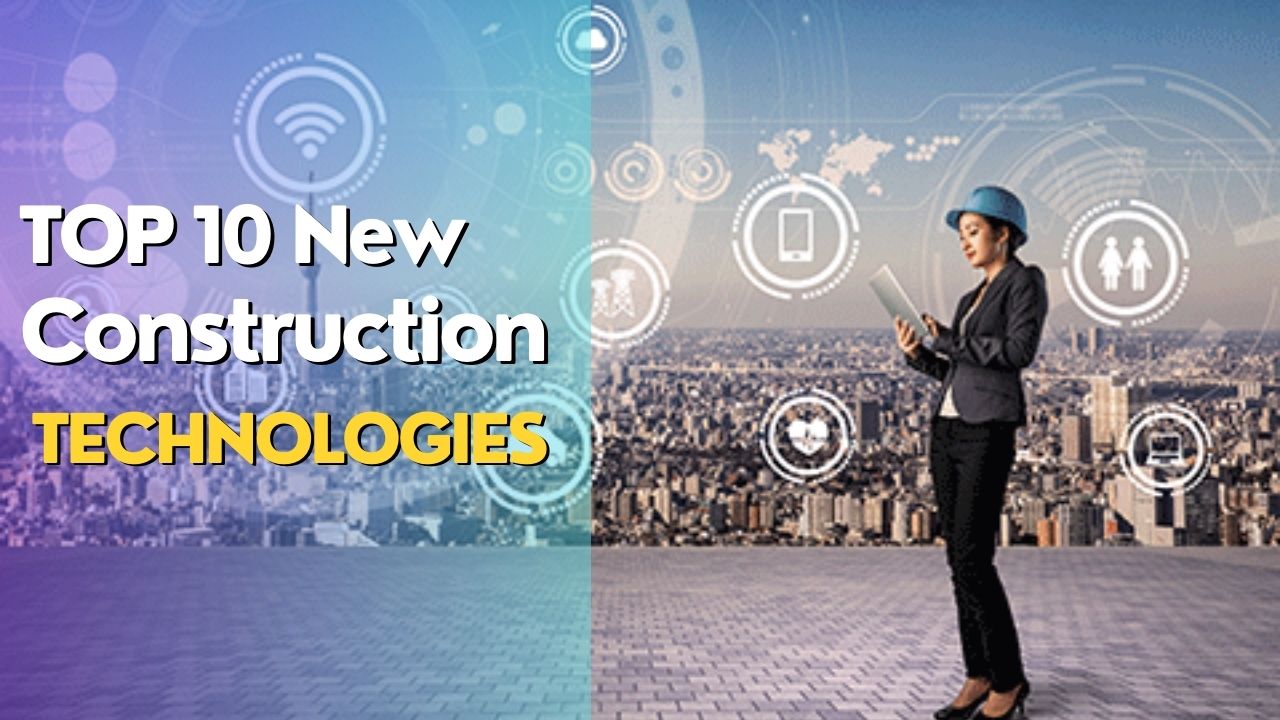Innovations in construction technology refer to advancements, developments, and the integration of cutting-edge tools, methods, and materials within the construction industry. These innovations aim to improve efficiency, sustainability, safety, and overall project outcomes.
Building Information Modeling (BIM):
BIM continues to play a significant role in construction projects. It involves creating digital representations of the physical and functional characteristics of a building or infrastructure. BIM helps improve collaboration among different stakeholders, enhance decision-making, and streamline the construction process.
3D Printing:
3D printing technology has been increasingly used in construction to create complex architectural designs and components. It enables the construction of intricate structures with reduced material waste and shorter construction times. Some companies have even explored 3D-printed houses and buildings.
Modular Construction:
The modular construction approach involves assembling buildings from pre-fabricated modules or components. This method can significantly reduce construction time and costs while maintaining quality. Modular construction is gaining popularity for residential and commercial projects.
Augmented Reality (AR) and Virtual Reality (VR):
AR and VR technologies are being employed for design visualization, project planning, and on-site training. These technologies allow stakeholders to experience a project in a virtual environment before it’s built, facilitating better decision-making and collaboration.
Drones and UAVs:
Drones are used for surveying, mapping, and monitoring construction sites. They provide real-time data, improving project management, and enabling better decision-making. Drones can also enhance safety by inspecting hard-to-reach or dangerous areas.
Internet of Things (IoT):
IoT is being integrated into construction equipment and tools to gather data on equipment usage, site conditions, and worker safety. This data can be analyzed to optimize construction processes, schedule maintenance, and enhance overall project efficiency.
Smart Building Materials:
Advances in materials science have led to the development of smart building materials that can respond to environmental conditions. For example, self-healing concrete, which can repair cracks autonomously, or materials with embedded sensors to monitor structural health.
Robotics and Automation
: Robots are being used in construction for tasks such as bricklaying, concrete pouring, and site clearing. Automation technologies help improve efficiency, reduce labor costs, and enhance overall safety on construction sites.
Green Construction:
Sustainable and eco-friendly construction practices are becoming increasingly important. This includes the use of recycled materials, energy-efficient designs, and environmentally friendly construction methods to reduce the environmental impact of buildings and infrastructure.
Artificial Intelligence (AI):
AI is being employed in construction for tasks like project scheduling, cost estimation, and risk analysis. AI algorithms can analyze vast amounts of data to provide insights that aid in decision-making and project management.
FAQS
What is Building Information Modeling (BIM), and how does it benefit construction projects?
Building Information Modeling (BIM) is a digital representation of the physical and functional characteristics of a building or infrastructure. It involves creating and managing a three-dimensional (3D) model that encompasses geometry, spatial relationships, geographic information, and quantities of building components. BIM extends beyond just a 3D model and includes additional information such as time (4D), cost (5D), and project management data.
How is 3D printing being used in the construction industry?
3D printing in the construction industry involves using additive manufacturing techniques to create three-dimensional objects or structures layer by layer. This innovative technology has gained traction for producing various construction components efficiently and with reduced material waste. Applications include the creation of intricate architectural designs, construction of building components, and even entire houses. 3D printing allows for greater design freedom and customization, accelerates construction timelines, and has the potential to lower costs. It is particularly useful in situations where traditional construction methods may be impractical or labor-intensive. The technology continues to evolve, showing promise in advancing sustainable construction practices and addressing housing challenges worldwide.
How are Augmented Reality (AR) and Virtual Reality (VR) technologies applied in construction?
Augmented Reality (AR) and Virtual Reality (VR) technologies are applied in construction to enhance design visualization, improve project planning, and streamline on-site activities. AR overlays digital information onto the real-world environment, allowing construction professionals to visualize 3D models at the actual construction site. This aids in better spatial understanding and coordination among teams. VR, on the other hand, creates immersive digital environments that enable stakeholders to experience a project before it’s built, facilitating collaborative decision-making and identifying potential issues. Both AR and VR are utilized for virtual walkthroughs, safety training simulations, and remote collaboration, ultimately improving efficiency, reducing errors, and enhancing overall project communication and coordination.
What are some green construction practices, and how do they contribute to sustainability in the industry?
Green construction practices aim to minimize the environmental impact of construction projects and promote sustainability. This includes using eco-friendly materials, energy-efficient designs, and environmentally conscious construction methods. Practices such as incorporating recycled or locally sourced materials, optimizing energy efficiency through better insulation and energy-efficient systems, and implementing water conservation measures contribute to sustainability. Green roofs, which involve planting vegetation on building surfaces, improve insulation and absorb rainwater, reducing runoff. Additionally, adopting modular construction methods to reduce waste, implementing renewable energy sources, and ensuring proper waste management further enhance the overall environmental performance of construction projects. These practices not only lessen the ecological footprint of construction but also lead to long-term cost savings and promote a healthier, more sustainable built environment.

